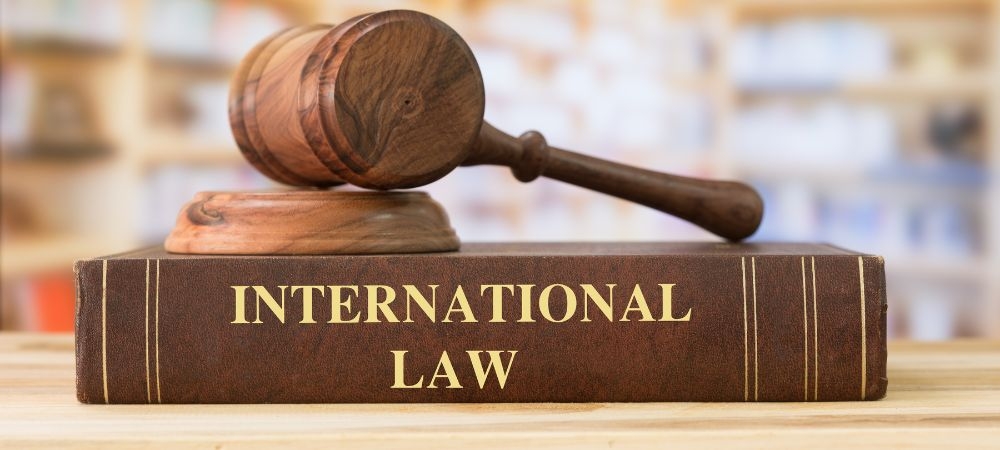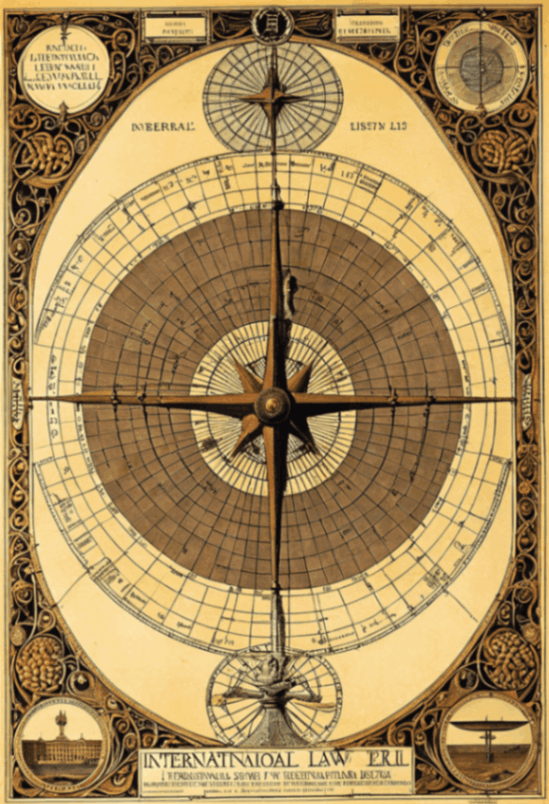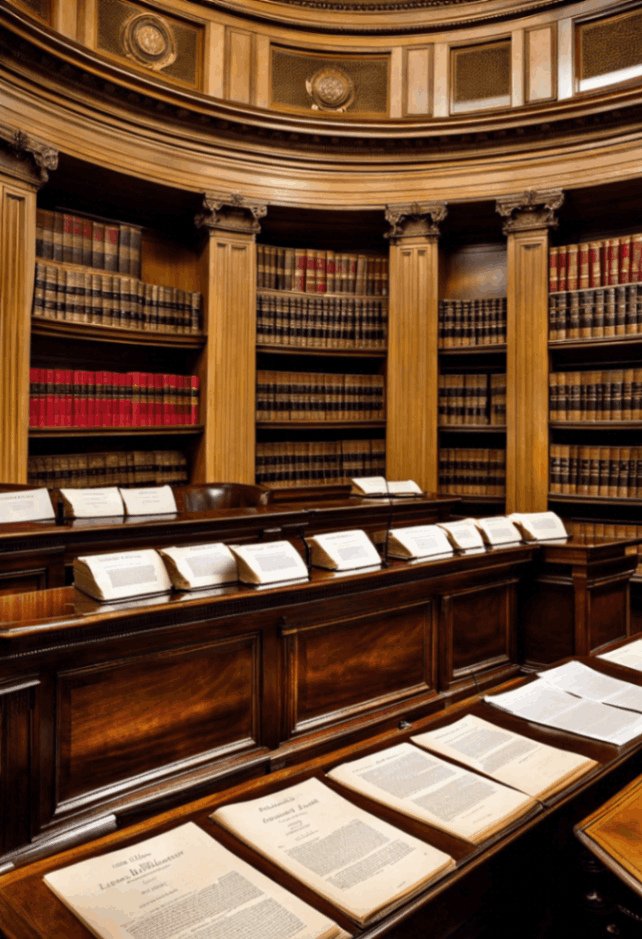

The historical development and key milestones of children's rights is a story that's both inspiring and, at times, frustrating. It's hard to imagine that there was once a time when society didn't really think about kids' rights at all. But let's not get ahead of ourselves.
Receive the inside story check it.
Way back in the day, children were often seen as just little adults. They worked in factories or fields and weren't given much thought beyond their utility. It wasn't until the late 19th century that folks started to realize maybe kids should have some protections too? The Industrial Revolution brought this issue into sharp focus because people saw how awful child labor could be.
In 1924, we got one of our first big milestones the Geneva Declaration of the Rights of the Child. This was like a lightbulb moment for many; it recognized that kids needed special care and protection. The League of Nations adopted it, but let's be honest, not everyone paid attention to it right away.
Fast forward to after World War II - things started changing more rapidly. The horrors of war made clear that protecting vulnerable populations, including children, was crucial. In 1959, the United Nations adopted the Declaration of the Rights of the Child which expanded on earlier ideas but still wasn't legally binding.
However, one can't overlook 1989 as a game-changer year! That's when the UN Convention on the Rights of the Child (CRC) came into play. This document isn't just another piece of paper; it's legally binding and has been ratified by almost every country in the world (except you know who!). The CRC set out comprehensive rights covering everything from education to protection from abuse.
Still though, despite these milestones, there's plenty work left to do. Many countries dont fully implement these protections even today. And it's heartbreaking really! Kids continue facing exploitation and neglect in various parts around globe.
It's also worth mentioning individual champions like Eglantyne Jebb she founded Save the Children Fund in 1919 which played significant role in pushing for international recognition children's rights early on!
In conclusion while we've come long way since those grim early days where children were mere workforce cogs without any say or protection - there's always room for improvement! So lets keep pushing forward shall we? Our future generations depend on us getting this right after all!
The Core Principles of the United Nations Convention on the Rights of the Child (UNCRC) are essential for understanding children's rights. They ain't just a bunch of fancy words; they actually mean something really important. The UNCRC, adopted in 1989, is like a big deal because it sets out all the civil, political, economic, social and cultural rights that every child should have.
First off, there's non-discrimination. This means no child should be treated differently because of their race, gender or any other reason. Imagine if kids were judged based on how they look or where they come fromit'd be totally unfair! Everyone deserves to be treated equally and with respect.
Next up is the best interests of the child. Basically, whenever adults make decisions affecting children, they've gotta think about what's best for the kiddo first. It's not always easy to figure out what's best but hey, it's crucial to try your hardest 'cause these decisions impact their future big time.
Then we've got the right to life, survival and development. Simple as it soundsevery child has a right to live and grow up healthy and happy. Its crazy we even need to say this but sadly there are places where kids' lives aint given enough value.
Another principle is respecting children's views. Kids ain't just little adultsthey've got their own opinions and feelings that matter too! When decisions are being made about them, they've got a right to voice those thoughts and actually be heard.
Oh boy, let's talk about participation now. Children have a role in shaping their world too! They shouldnt just sit back while adults do all the talking and deciding. Even small voices can make big changes if you let 'em speak up!
These principles might seem like common sense but making sure they're followed everywhere? That's no small task! There's still lotsa work needed around raising awareness and ensuring everyone respects these core values.
In conclusionwithout repeating myself too muchthe core principles of UNCRC provide a vital framework for protecting children's rights worldwide. Non-discrimination ensures fairness; prioritizing children's best interests shapes better futures; guaranteeing life supports growth; valuing kids' views fosters mutual respect; encouraging participation empowers young people!
So yeah...these principles aren't just guidelinesthey're commitments towards building a world where every child's potential is fully realized without facing unnecessary hurdles or prejudice along their journey through life!
Children's rights have been a significant concern for the international community, leading to the establishment of various major agreements and treaties. These documents aim to protect children from exploitation, abuse, and neglect while ensuring their overall well-being and development. It's not like these treaties are perfect or anything, but they do try to make a difference.
One of the most notable agreements is the United Nations Convention on the Rights of the Child (CRC), adopted in 1989. The CRC is often considered the cornerstone of children's rights globally. It outlines numerous rights for children, including the right to education, health care, and protection from violence. Whats interesting is that almost every country in the world has ratified itexcept for one major outlier: guess who? Yep, it's the United States! They signed it but never ratified it.
Another significant treaty is International Labour Organization (ILO) Convention No. 182 on the Worst Forms of Child Labour. Adopted in 1999, this convention focuses on eliminating severe forms of child labor such as slavery, trafficking, and hazardous work that endangers children's health or morals. It's aimed at protecting kids from some really awful situations that no child should ever have to face.
The Hague Adoption Convention (1993) also plays an essential role in safeguarding childrens rights by establishing standards for intercountry adoption processes. This treaty seeks to ensure that adoptions are conducted ethically and legally while prioritizing children's best interests. Its supposed to prevent trafficking and other abuses associated with international adoptionnot saying it doesn't happen anyway though.
Then there's Optional Protocols associated with CRC which address specific issues like involvement of children in armed conflict (2000) and sale of children, child prostitution and child pornography (2002). These protocols provide additional layers of protection because basic CRC coverage wasn't enough apparently!
However, despite these agreements' existence, challenges persist in fully implementing them worldwide. Many countries struggle with enforcement due to lack of resources or political willor both! Corruption can also be a huge barrier; sometimes officials just turn a blind eye.
Moreover, cultural practices can sometimes clash with what these treaties advocate for; things aren't so black-and-white after all! In some places around world certain traditions may contradict principles set forth by international community regarding children's rights.
In conclusionwhich isn't really a conclusion 'cause this issue ain't resolved yetthe major international agreements like CRC ILO Conventions Hague Adoption Convention among others represent critical steps towards protecting our youngest global citizens rights but much work remains undone before we see true universal implementation without any hitches along way! So lets keep pushing forward because every kid deserves better future than current reality offers them today


When we talk about children's rights, it's crucial to recognize the role of international organizations in protecting these most vulnerable members of our society. You'd think by now all children would be safe and cared for, but sadly that's not the case. So, who steps in? International organizations like UNICEF, Save the Children, and others play a massive part in ensuring that kids worldwide get a fair shot at life.
First off, let's chat about UNICEF. It's probably the most well-known organization out there working for kids' rights. They don't just provide emergency relief; they also work on long-term projects like education and healthcare. Imagine growing up without access to school or basic medical careit's unthinkable! But thanks to groups like UNICEF, many children who would've been left behind now have opportunities they never could've dreamed of.
But it's not only about big names like UNICEF. Smaller organizations often do just as much important work. Take Save the Children, for example. They're involved in everything from fighting child trafficking to providing disaster relief specifically aimed at helping children cope with traumatic events. It's not easy work by any means, but someone's gotta do it.
Now, you might wonder why governments aren't enough to protect children's rights on their own. Well, governments can sometimes be slow or ineffective due to bureaucracy or lack of resources. That's where international organizations step inthey fill those gaps and offer support where it's most needed.
Howeverand this is importantinternational organizations can't do everything alone either. They need cooperation from local communities and governments to make lasting changes. If locals ain't on board with a project or initiative, chances are it'll fall flat no matter how well-intentioned it is.
It's also worth mentioning that these organizations often advocate for policy changes at national and international levels. By influencing laws and regulations, they ensure that children's rights are upheld more robustly across the globe.
So yeah, while there's still a lot of work to be done in protecting children's rights worldwide (and let's face itthe world isn't perfect), international organizations bring hope and tangible improvements into countless young lives every single day.
In conclusionI mean seriouslyits hard not to appreciate what these groups achieve despite numerous challenges along the way!
Oh boy, when we talk about Implementation and Enforcement Mechanisms at the Global Level for children's rights, we're diving into a pretty complex topic. But let's give it a go!
First off, it's important to understand that childrens rights are recognized globally through various treaties and conventions. The most notable one is probably the United Nations Convention on the Rights of the Child (CRC). This document outlines all kinds of rights kids should havelike education, protection from harm, and freedom to express themselves.
Now, you might think that once a country signs up for something like the CRC, everything just magically gets better for kids there. Well, not exactly. Signing an agreement is one thing; actually implementing it is another story altogether. Countries have to put laws in place that match up with these international standards. And let's be honestsome do a better job than others.
You'd think with so many agreements in place, enforcement wouldn't be such an issue. Nope! Its complicated because there's no global police force making sure every country follows the rules. Instead, weve got different bodies like UNICEF or committees that review how countries are doing every few years. These groups can make recommendations but they can't really enforce anything directly.
Countries can face pressure thoughnot legal penalties but more like peer pressure from other nations or criticism from international organizations. Sometimes this kind of attention can push governments to make changes they otherwise wouldnt have made.
One big problem? Some countries don't even report back accurately on what they're doingor not doingfor children's rights. They might submit reports late or leave out critical information entirely. And if nobody knows what's really going on, how can anyone fix it?
So yeah, while mechanisms exist at a global level for implementing and enforcing childrens rightstheyre not perfect by any means. They rely heavily on cooperation and good faith efforts from individual countries which doesnt always happen as smoothly as we'd hope.
In short: we've got some tools in place but they ain't foolproof. Kids' lives depend on adults around them stepping upand sometimes that's where things fall apart.
Well there you have ita quick rundown on implementation and enforcement mechanisms at the global level for children's rights!

Wow, children's rights! It's a topic that's close to many people's hearts. When we dive into case studies that highlight successes and challenges in different countries, it's like opening a treasure chest filled with lessons and insights.
First off, let's take a look at Sweden - they ain't perfect but their approach to children's rights is quite something. In 1979, Sweden became the first country to ban corporal punishment. Imagine that! This step wasn't just about protecting kids from physical harm; it was also about changing attitudes towards parenting and discipline. They've got laws ensuring every child's right to education and healthcare. However, not everything's rosy. There's still issues related to immigrant children who sometimes fall through the cracks of these protections.
Now on to India oh boy, where do we start? With over a billion people, implementing children's rights is no small feat. The Right of Children to Free and Compulsory Education Act of 2009 was a huge milestone; it guarantees free education for kids aged 6-14 years. Yet, there's still so much work left undone. Child labor continues to be a massive problem despite strict laws against it. And don't even get started on child marriage it's illegal yet prevalent in some parts of the country.
Then there's Brazil another mixed bag if you ask me! On one hand, they've made significant strides with programs like Bolsa Família which provides financial aid to poor families under the condition their children attend school and get vaccinated regularly. These initiatives have improved school attendance rates dramatically! But on the flip side, street children are still an ongoing issue in urban areas where poverty rates remain high.
Oh! Let's not forget about Australia. Their National Children's Commissioner works tirelessly advocating for young ones' rights across various spectrums including health care access or protection from abuse & neglect among others - pretty impressive huh? Despite these efforts though indigenous Australian children continue facing disproportionate levels discrimination along poorer outcomes compared non-indigenous counterparts: talk major inequality right there!
Lastly we can't overlook Kenya either because although challenges abound particularly around issues such as female genital mutilation FGM early marriages etc., progress being made nonetheless remarkable indeed: recent reforms aimed improving child welfare systems alongside increased awareness campaigns slowly turning tide favor better future generations come!
In conclusion while each country's journey unique filled both victories setbacks common thread runs through all commitment striving ensure every kid has chance thrive live life fullest potential regardless circumstances born into truly heartening see world coming together fight cause worth fighting afterall isnt?
So yeah folks remember whether celebrating success stories grappling persistent problems important keep pushing forward because at end day arent our littlest citizens deserve nothing less best possible lives can offer them?